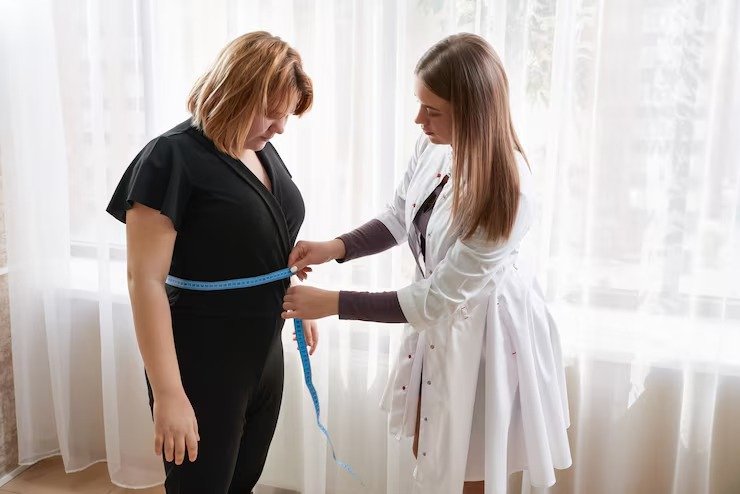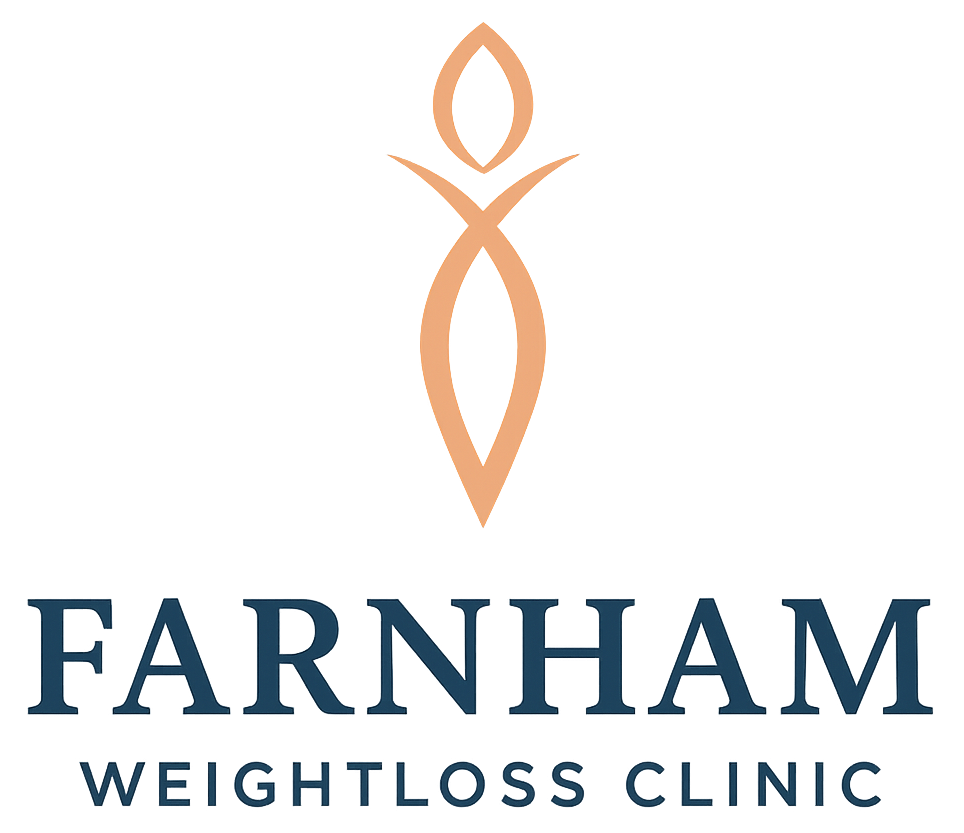Understanding Osteoarthritis

Obesity and Joint Pain
Obesity is one of the leading causes of immobility in adults. An accumulation of excess body weight places increased pressure on the joints, particularly the hips, knees, and ankles. Over time, this excess weight can cause the cartilage in these joints to deteriorate, potentially leading to severe pain and difficulty walking.
Osteoarthritis
Understanding Osteoarthritis
Arthritis is a chronic condition that causes inflammation in the joints. It can affect any joint in the body, but it most commonly occurs in the knees, hips, wrists, and ankles. The most prevalent form is osteoarthritis, often known as wear-and-tear arthritis.
Common symptoms of osteoarthritis include:
Persistent aching and soreness in the joints, especially during or after movement
Joint stiffness following periods of rest, such as first thing in the morning
Swelling around the affected joints
The development of bony growths or lumps near the joints
These symptoms can make everyday activities more difficult and may worsen over time if untreated.
Causes of Osteoarthritis
Joints are lined with a protective substance called cartilage that prevents bones from rubbing against each other as you move. This allows your movement to be smooth and pain-free. As cartilage wears down, bones begin to grind against one another, which can cause severe pain and may eventually lead to immobility.
Inflammation in the joints speeds up cartilage wear and increases the likelihood of bones rubbing together.
Factors that increase your risk of osteoarthritis include:
Advanced age
Obesity
Injury or trauma
Osteoarthritis commonly develops with age, but it is not simply a symptom of aging. Arthritis is a chronic disease and should never be accepted as a natural part of getting older.
Treatment for Osteoarthritis
Joint pain is usually managed with lifestyle changes, medication, and physical therapy. In severe cases, surgery may be needed.
Losing weight helps reduce pressure on joints, especially in the knees and ankles, easing pain and swelling.
Other helpful lifestyle changes include:
Eating an anti-inflammatory diet
Doing regular low-impact exercise
Stretching often
Avoiding long periods of sitting or standing
Supportive braces can also relieve joint pain by reducing pressure.
Inflammation speeds up cartilage wear, causing bones to rub together.
Risk factors for osteoarthritis:
Older age
Obesity
Injury or trauma
Osteoarthritis is not just part of aging — it is a chronic disease that requires treatment.
Meet Our Team
Dr Ishmail Boakye-Acheampong
Dr Zahraa Hasafa


